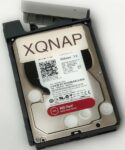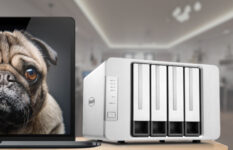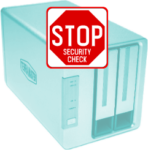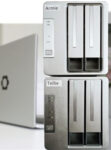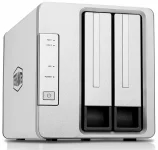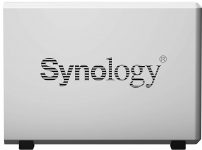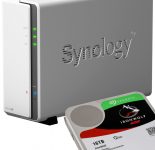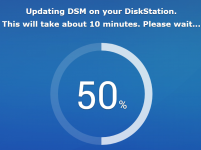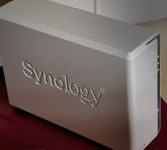More TOS 5 Adventures; More Drive Bays (Part 5)
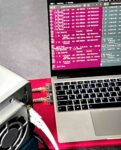
We concluded part 4 with all four of the F4-223 NAS’s drive bays populated and a very respectable total of around 22TB of securely redundant storage. “Redundant” means that any one of these drives can fail and we should be able to recover all our data. We also mentioned in passing that although the F4-223 is more than adequate for its primary function as a network storage device, its hardware limitations unfortunately won’t allow us to… Now read on…

